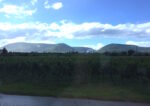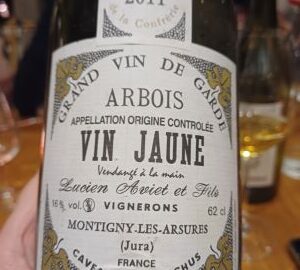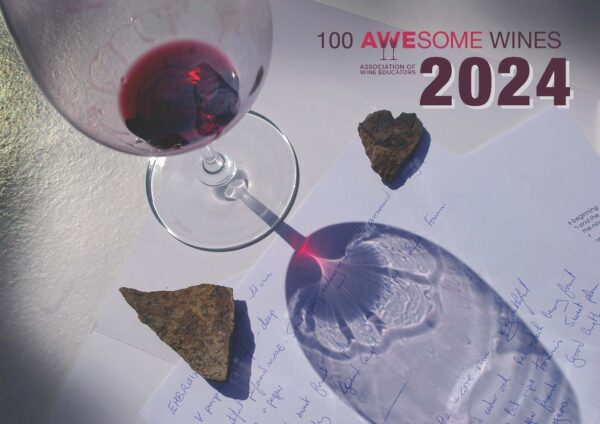“Pay no attention to the man behind the curtain!”
This is what the Wizard of Oz cries in desperation as he is unmasked as a mere mortal, issuing instructions to the inhabitants of the Emerald City from behind a curtain, his “magic” and might no more than a loudspeaker.
Champagne houses have traditionally kept the curtain raised between them and the drinking public, keen to preserve the mystery surrounding the process of turning the very ordinary still wines the region produces, into the sparkling nectar of the Gods that is Champagne. Maybe they thought if people knew the prosaic truth, if they got a glimpse of the man behind the curtain, the magic would be gone and Champagne’s image would suffer.
Personally I find the truth much more fascinating and think Champagne producers impress more when they share the details of the skill, hard slog and dedication needed to make their sparkling wines. Tasting vins clairs with Floriane Eznack of Champagne Jacquart last year, I was reminded just what a skilful job blending of wines for Champagne really is.

Floriane has a more complex job than many in Champagne, perhaps, as she is responsible for a brand that draws on wines made by three different wineries, which work together under the Alliance Champagne Co-operative. In total, Floriane and her three cellar-master colleagues have 1,200 different wines to taste from October to December following the harvest each year.
And what wines. These are the vins clairs, still wines made from just ripe grapes whose main characteristic is their screamingly high acidity. Tasting them could not be described as any kind of pleasure. And yet she and her team must evaluate each one with an eye to how it will marry with the many other elements of the blend, including reserve wines from previous vintages – as well as the small matter of envisaging how the whole shebang will taste once it emerges from the “prise de mousse”.
After four months of work deciding on the blend, the wines will be put into the cellars for their second fermentation. Floriane still has years to wait, though, before she – and we – can judge whether her hard work has paid off, as the minimum 3 years on lees ticks by. Even then, though, more patience is required as the final Champagne will not show its true colours until a period of integration following disgorgement. For the cellarmaster, nerves of steel as well as skill are required.
If the wines I tasted last year go on to form part of Jacquart’s main blend, fittingly called Mosaïque Brut, they will not emerge in their final form until 2017 or 2018. In the meantime, Floriane and team will have gone on to taste and blend three or more releases. Everyone involved has to have a high level of confidence that they are getting it right – it will be too late to go back!
Interestingly, Floriane told us that creating the newly-released Cuvée Alpha prestige blend took only a couple of hours to complete, compared to four months for the Mosaïque. A wine produced in small quantities, made from the best of the best, I suppose, tends to make itself. It does make me wonder, though, what Richard Geoffroy of Dom Pérignon does for the other 364 ½ days of the year.
Tags:
Champagne Jacquart












